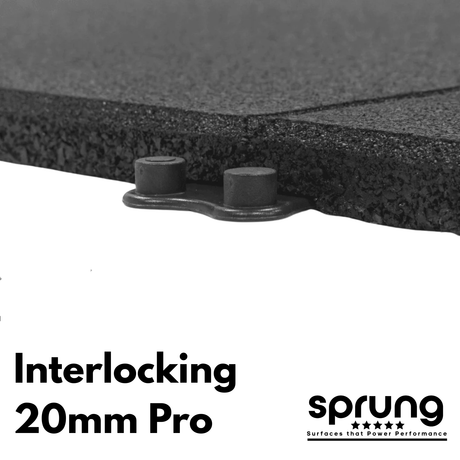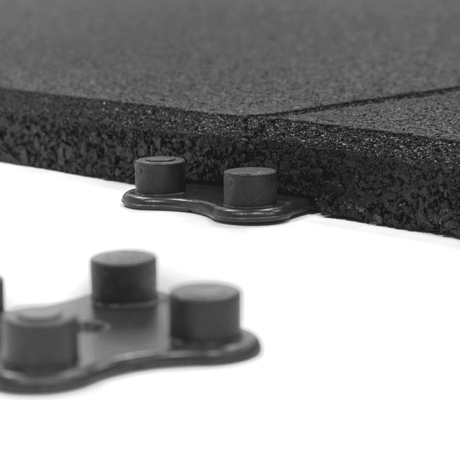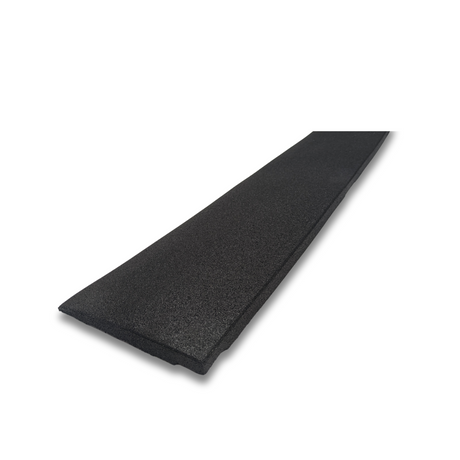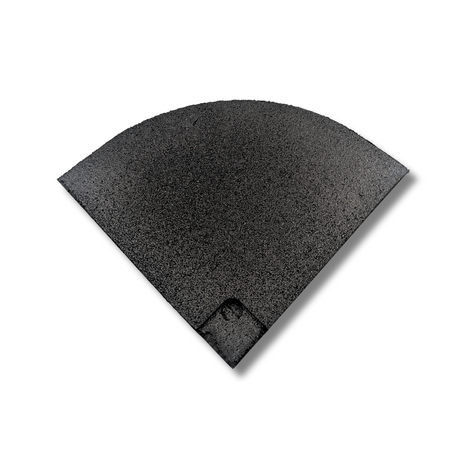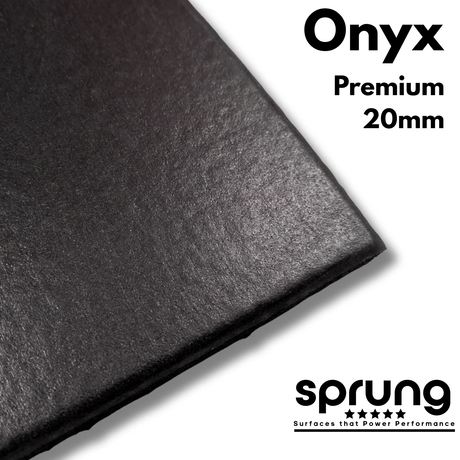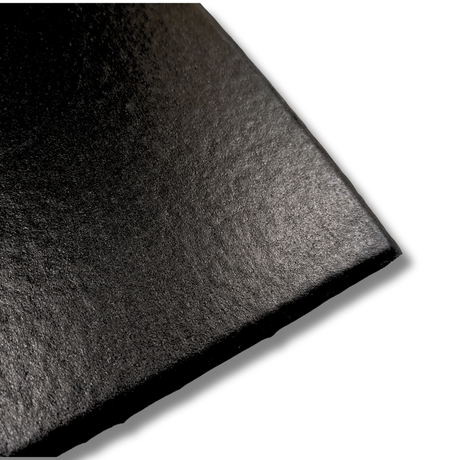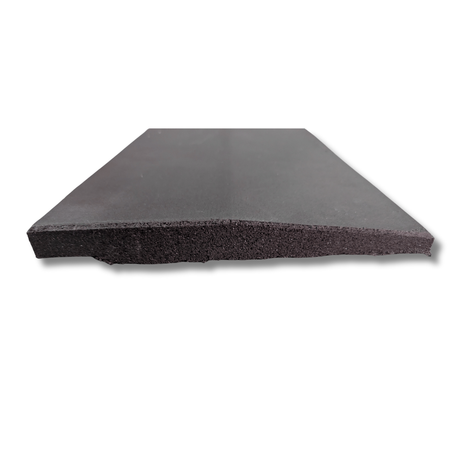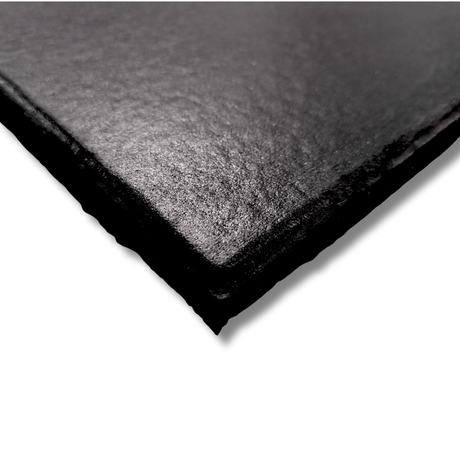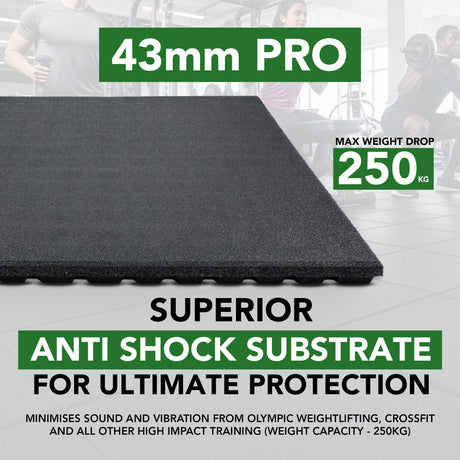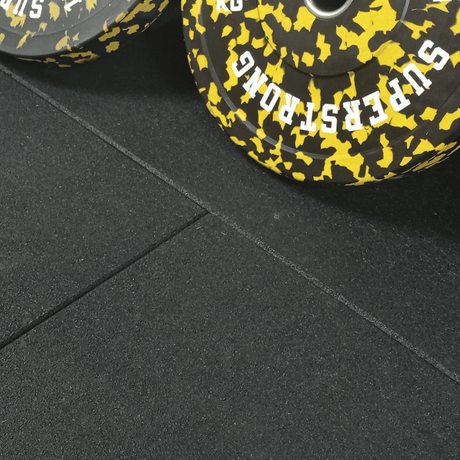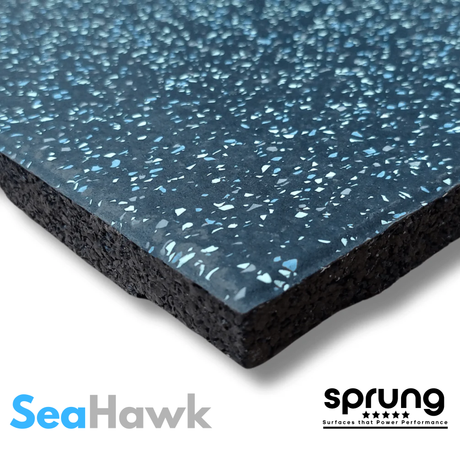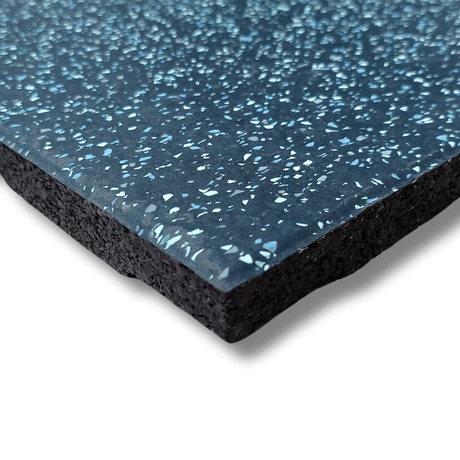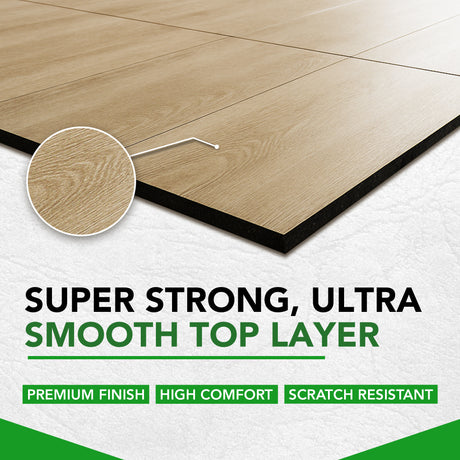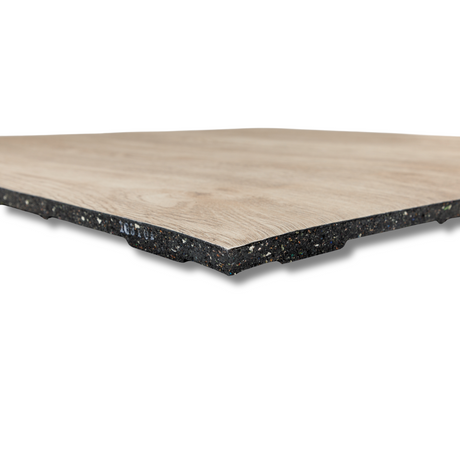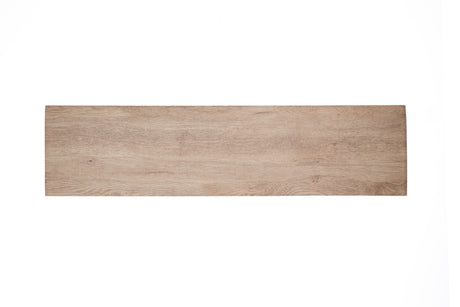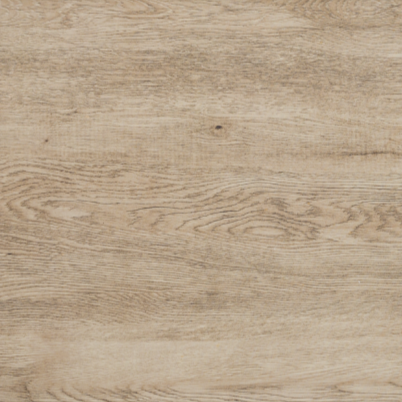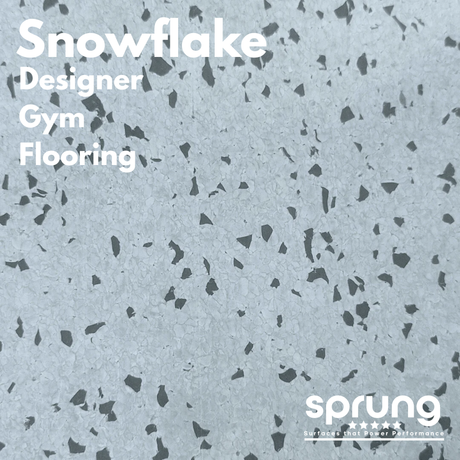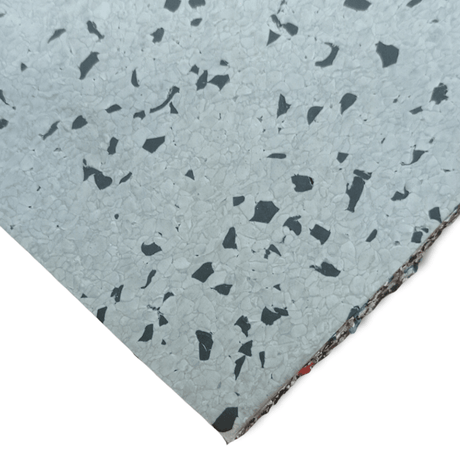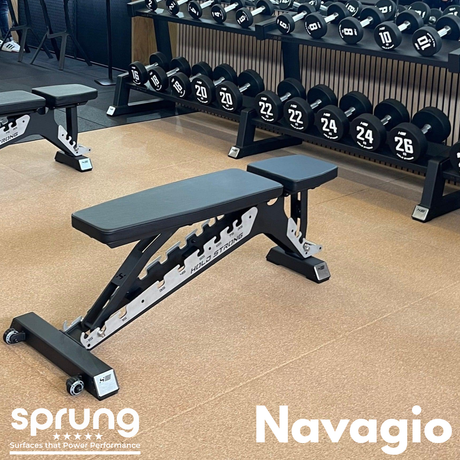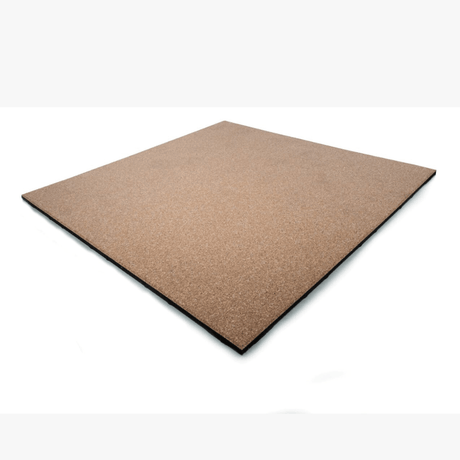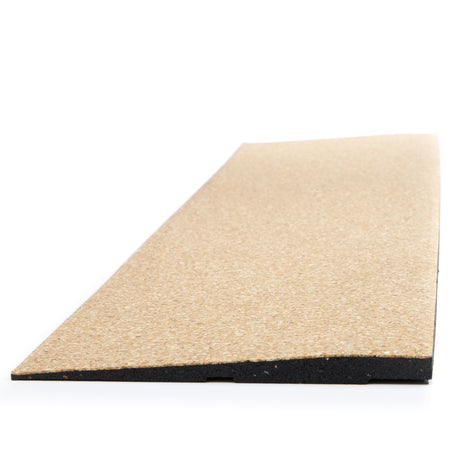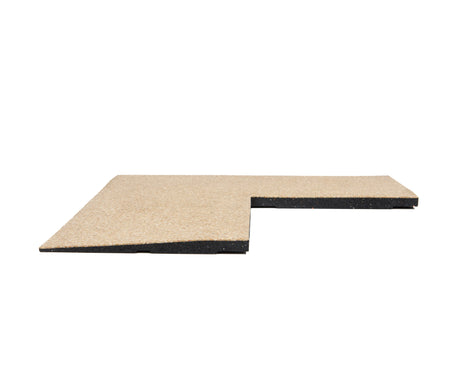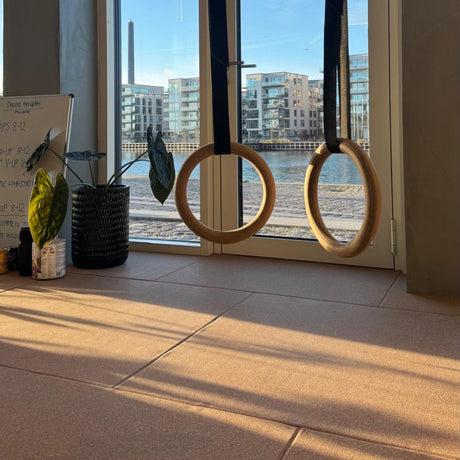[UPDATED in 2025}
The safety of clients as they put their bodies through heavy exertion, lifting, pulling, pushing, jumping and stretching throughout their training is the highest priority for gym owners.
Alongside in-depth gym tutorials, safety signage and staff available on the gym floor to assist with safety queries, the actual structure of the gym should also be designed to maximise safety and allow easy and inexpensive maintenance.
Table of Contents
Gym Flooring Safety 101

Slip Resistance
The surface within a gym should not become slippery when in contact with moisture. This is because there is usually a high concentration of water vapour in gym spaces due to the perspiration produced by users.
In addition, anyone handling heavy equipment should have maximum grip on the floor to ensure they do not slip or struggle on a smooth surface. Non-slip gym flooring is key in areas where there is high moisture and there is heavy machinery being used.
Shock Absorption
Professional athletes and gym users require a floor system that allows elasticity, a level of friction and good shock absorption for ultimate safety and performance. Commercial gym flooring that has natural or inbuilt shock absorption and anti fatigue qualities will deliver high protection from ligament damage and repetitive strain injuries associated with high impact activity.
Simple Gym Flooring Maintenance
Hygiene is absolutely essential when considering the public areas of a commercial gym facility. Materials like rubber flooring, vinyl or wood are the most suitable for zones where there is high traffic, gym equipment in use or there is higher levels of surface dirt and body fats. This is due to the simplicity of cleaning and stain resistance where surfaces can easily be wiped or mopped down and dirt and odours are not absorbed into the fibres of the floor.
Subfloor Protection
"Weights really damage your floor, especially if it's concrete. We've had a few incidences of damage which is why we invested in extra thick rubber matting for our Free Weights section. Prevention is better than cure and we didn't want to take the risk when reopening in 2020"
Sound Insulation
Gym flooring options that offer good sound insulation is particularly important in gyms situated on upper levels of a facility. Soft, resilient floor materials such as rubber acoustic flooring, vinyl or wood with built in soundproofing allow for noise reduction by absorbing sound. This prevents sound travelling across quieter zones of the building and disturbing the calmer more relaxed atmosphere.
In summary:

Conclusion
All zones of a gym should be carefully considered in terms of their use in order to determine the most suitable surface material which will optimise the users experience, while delivering maximum safety, cleanliness and cost-effective maintenance.
Looking to future-proof your gym space? Explore our popular collection of Commercial Floor Tiles and home gym flooring.

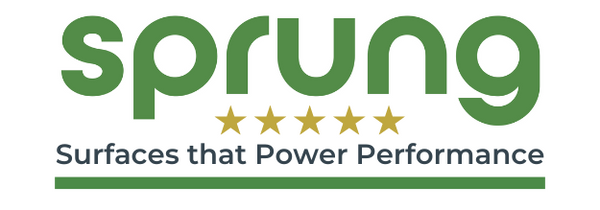


![The Importance of Proper Gym Flooring for Safety & Maintenance [UPDATED]](http://www.gym-flooring.com/cdn/shop/articles/5_Benefits_of_Family_Home_Fitness_1000_x_600_px_39_520x500_105f9548-df5e-4bce-b873-e856ee3d616b.png?v=1740752804&width=1600)



